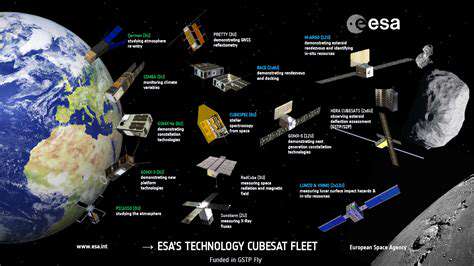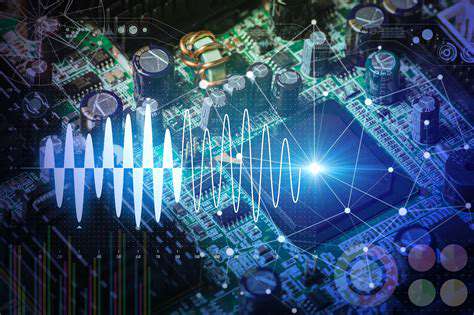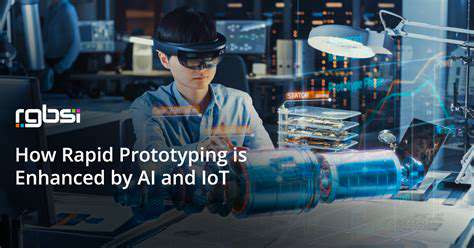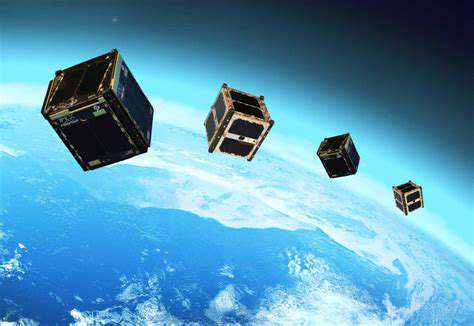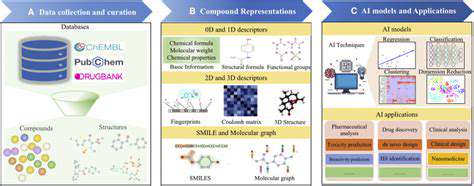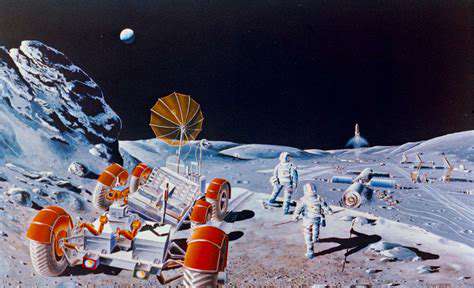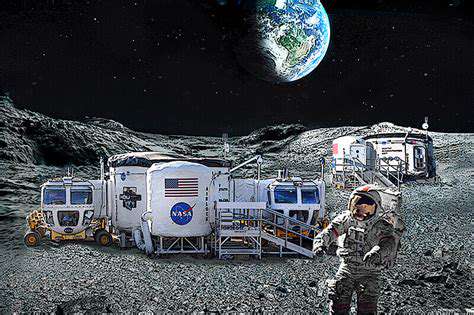Understanding the Need for Satellite Servicing
Satellite servicing has evolved from a futuristic idea into an essential practice for sustaining and improving our orbital infrastructure. As satellites become indispensable for global communications, navigation, and scientific research, maximizing their operational lifespan isn't just beneficial—it's critical. Degradation issues, whether in orbit or during ground operations, can disrupt vital services and even create safety hazards. Proactive maintenance and enhancement strategies are no longer optional but necessary for reliable space-based systems.
With modern satellites representing enormous investments in both development and deployment, servicing existing assets proves far more economical than building replacements. This approach not only saves billions but also reduces space debris from additional launches—a growing environmental concern.
Types of Satellite Servicing Missions
Servicing operations vary widely, from basic maintenance to complete capability upgrades. Robotic systems excel at repetitive tasks like refueling or component swaps, while human crews handle complex repairs requiring adaptability. The choice between robotic and crewed missions depends on three factors: task complexity, cost constraints, and risk tolerance.
Different satellites require different servicing approaches. Some need immediate repairs to malfunctioning systems, while others benefit from performance-enhancing upgrades. Mission planners must evaluate each satellite's unique configuration and operational requirements before determining the optimal servicing strategy.
Technological Advancements Driving Servicing
Breakthroughs in three key areas are revolutionizing satellite servicing: robotic manipulators, propulsion systems, and sensor technology. Modern robotic arms now achieve sub-millimeter precision, enabling delicate operations on sensitive satellite components. Meanwhile, advanced propulsion allows servicing vehicles to rendezvous with targets using minimal fuel.
Perhaps the most transformative development is orbital refueling technology. By replenishing propellant in space, satellites can maintain station-keeping capabilities for years beyond their original design life—a game-changer for expensive geostationary assets.
Challenges and Considerations in Satellite Servicing
Every servicing mission faces inherent risks. The vacuum of space offers no margin for error during delicate operations. One miscalculation during docking could transform a functional satellite into dangerous debris. Engineers must account for thermal extremes, microgravity effects, and potential interference with other orbital assets.
The legal landscape presents additional challenges. Current space treaties lack clear guidelines for servicing operations, particularly when dealing with satellites owned by different nations or corporations. Developing standardized protocols remains an urgent priority for the industry.
Economic Implications and Future Prospects
Satellite servicing creates an entirely new economic sector in space operations. Companies specializing in orbital maintenance can generate revenue while saving operators the cost of replacement launches. The business case becomes even stronger when considering value-added services like capability upgrades during routine maintenance visits.
Looking ahead, we'll likely see servicing platforms evolve into multi-purpose orbital service stations. These hubs could support everything from satellite repairs to spacecraft assembly, fundamentally changing how we utilize near-Earth space.
Ethical Considerations and Global Collaboration
As servicing capabilities advance, so do concerns about potential misuse. The same technologies that repair satellites could theoretically disable them. This dual-use dilemma necessitates international agreements to prevent space-based conflicts. Transparency measures and confidence-building protocols will be essential.
Successful collaboration already exists through projects like the International Space Station. Expanding this model to satellite servicing could accelerate technological progress while ensuring equitable access to orbital maintenance capabilities worldwide.
Refueling Satellites: Extending Operational Lifespan
Refueling Satellites: A Necessity for Extending Operational Lifespan
The growing dependence on satellite networks makes lifespan extension through refueling economically and operationally essential. Most satellites today become space junk simply because they exhaust their propellant—a tragic waste of perfectly functional hardware. Orbital refueling changes this paradigm, allowing spacecraft to remain operational for decades rather than years.
Beyond mere lifespan extension, refueling enables more ambitious missions. Satellites could undertake complex orbital maneuvers or station-keeping that would otherwise deplete their fuel too quickly. This capability will prove invaluable as we establish more sophisticated space infrastructure.
Challenges in Refueling Satellite Missions
Refueling operations demand extraordinary precision. The servicing vehicle must match orbits perfectly, then dock without disturbing the client satellite's orientation or operations. Thermal management becomes particularly tricky when transferring cryogenic fuels in the vacuum of space.
Standardization poses another hurdle. Currently, each satellite manufacturer uses proprietary fuel systems, requiring custom refueling interfaces. The industry desperately needs common standards to make refueling economically viable across multiple satellite designs.
The Technological Advancements Driving Refueling Missions
Three technological breakthroughs make orbital refueling feasible: autonomous rendezvous systems, robotic fluid transfer mechanisms, and advanced propulsion for the tankers themselves. Modern machine vision systems can now guide docking procedures with centimeter-level accuracy, while new pump designs prevent fuel leakage during transfer.
Perhaps most importantly, electric propulsion for the tanker vehicles dramatically reduces the cost of delivering fuel to orbit. These systems use solar power rather than chemical propellants for most of their journey, making the economics of orbital refueling increasingly attractive.
Economic Implications of Extended Operational Lifespans
The financial impact of refueling extends far beyond simple cost savings. By keeping satellites operational longer, operators can amortize development costs over more years of service. This fundamentally changes the business model for satellite operators, potentially making some ventures profitable that wouldn't be under the current replacement paradigm.
The secondary effects are equally important. Longer-lived satellites mean fewer launches, reducing both costs and orbital congestion. Insurance premiums may decrease as well, since the financial risk associated with satellite failures diminishes when lifespan becomes less of a limiting factor.
Future of Satellite Refueling and its Potential Impact
Within a decade, refueling could become routine for high-value satellites. We'll likely see dedicated fuel depots in popular orbits, serviced by specialized tanker spacecraft. This infrastructure could evolve into full-service orbital maintenance stations, offering everything from refueling to component replacement and software updates.
The ultimate impact extends beyond economics. Sustainable space operations require minimizing debris, and refueling represents the single most effective way to reduce the number of derelict satellites in orbit. Future space traffic management systems will probably incorporate refueling schedules as a key component of orbital sustainability planning.
Before starting the cleaning process, take time to examine your pet's ears carefully. Look for any unusual redness, swelling, discharge, or odors that might suggest an infection. These warning signs mean you should stop and consult your vet right away - trying to clean infected ears could make things worse. Your veterinarian can properly diagnose any issues and recommend appropriate treatment.


